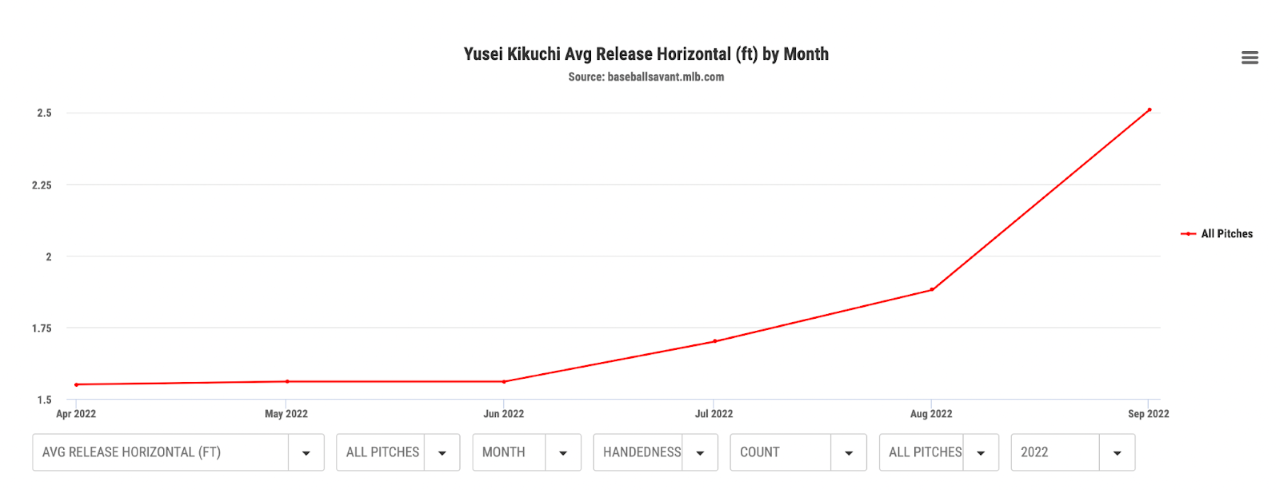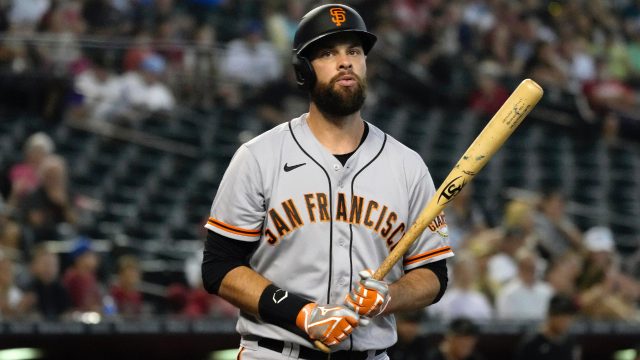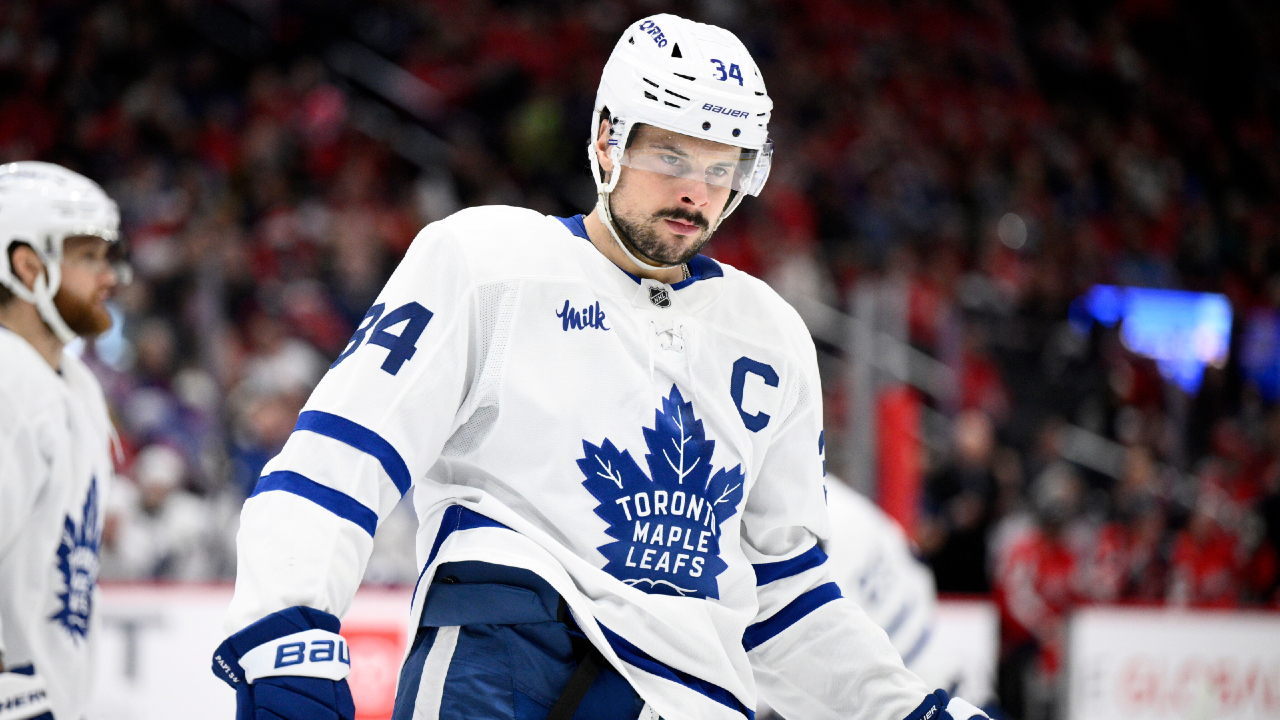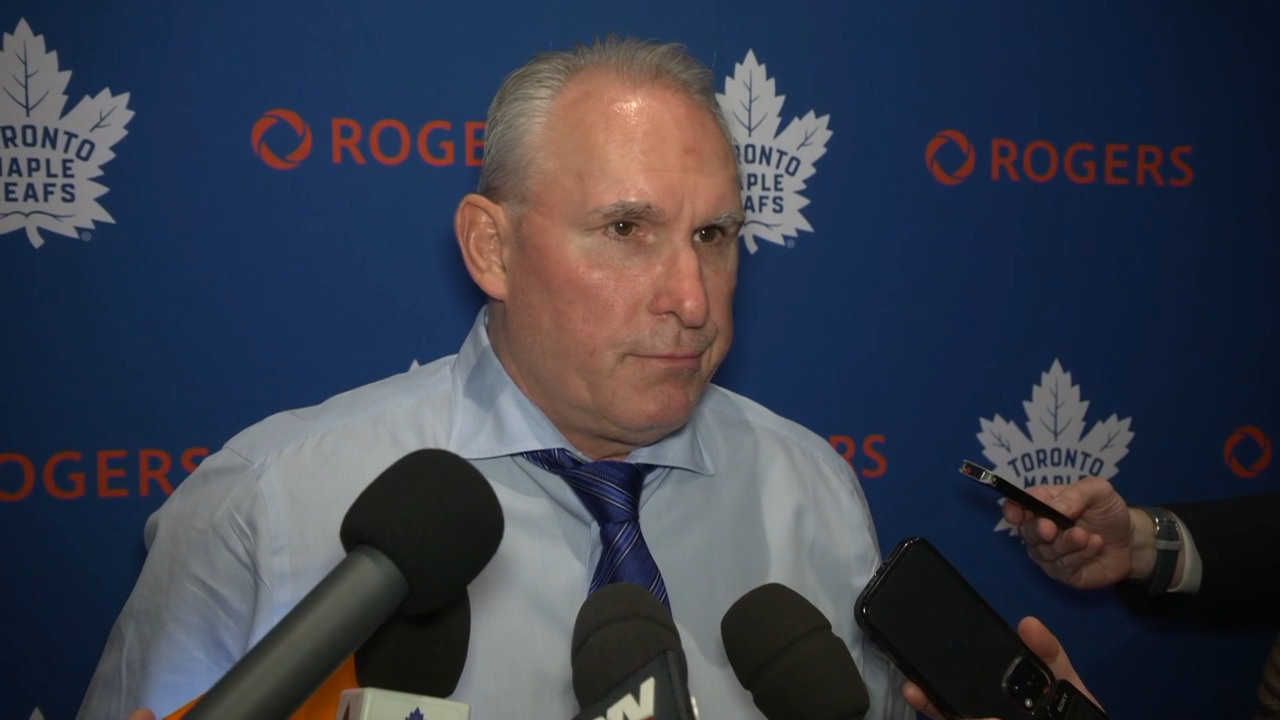
While the Toronto Blue Jays have bolstered their starting pitching depth with players like Drew Hutchison and Zach Thompson in recent days, Yusei Kikuchi remains the team’s most likely fifth starter.
That’s not a thought that gives much comfort to fans who watched Kikuchi produce a 5.19 ERA in 100.2 innings last year — repeatedly taxing the team’s bullpen with short outings before joining the relief corps himself.
Despite that performance, Kikuchi is in pole position for a couple of reasons. The first is a contract that pays him $20 million through 2024 and the second is the talent that earned him that deal in the first place.
The southpaw came to the Blue Jays with a career ERA of 4.97 and noted command issues. Toronto overlooked those concerns because of his rare velocity from the left side that came packaged with the ability to mix speeds on gloveside breaking pitches and a developing changeup.
Despite that appealing toolbox, Kikuchi produced a -0.7 fWAR season that saw him tinker with his pitch mix…
… vertical release point …
… and mound position…
… largely to no avail.
To be fair to Kikuchi, he looked better out of the bullpen in September, but it’s tough to prove that he can replicate the success of a small sample of relief innings (13.1) in a starting role.
The southpaw’s season was bad enough that it’s worth wondering if it was more than just a lost campaign, but rather an indication that Kikuchi’s days as a useful starter are over.
That may sound alarmist when talking about a talented 31-year-old, but Kikuchi’s 2022 put him in rarified air among ineffective pitchers.
In the last 25 MLB seasons there have been 3424 seasons of 100 or more innings produced by individual pitchers. Just 56 of them — or 1.7 per cent — resulted in an fWAR of -0.5 or worse.
So, it’s fair to say that Kikuchi’s 2022 was one of the worst seasons by a pitcher in recent history. In order to figure out what his chances of bouncing back in 2023 are, it’s instructive to look at who pitchers who produced those 56 seasons performed the next year.
In three of those cases, we don’t know the answer as Kikuchi, Josiah Gray, and Jonathan Heasley all had their nightmare campaigns in 2022.
We can remove 16 more pitchers from our sample who didn’t pitch an MLB inning the following season.
However, these guys are more instructive as seasons of a similar ilk to Kikuchi’s often resulted in pitchers never appearing in the majors again. That list includes some quasi-notable arms like Mike Pelfrey, Jon Niese, Mike Maroth, and Braden Looper.
If we break down the volume of innings our 53 pitchers provided the year after their nightmare seasons, it’s clear that relatively few were full-time starters.
|
Did not pitch |
0.1-49 IP |
50-99 IP |
100-149 IP |
150+ IP |
|
16 |
15 |
9 |
5 |
8 |
Many became swingmen, a few converted to full-time relief and others held down jobs temporarily. Just 13 of our 53-pitcher sample produced something akin to a full-time starter’s workload.
In terms of performance, negative or negligible fWAR was the most common result.
|
Negative fWAR |
0-1 fWAR |
1.1-1.9 fWAR |
2.0+ fWAR |
|
11 |
18 |
4 |
4 |
Just four pitchers crossed the 2.0 fWAR barrier, which serves as shorthand for a league-average season.
That group — Bronson Arroyo, Carlos Silva, Ervin Santana and Derek Holland — was composed entirely of pitchers with multiple seasons over 2.0 fWAR under their belts before their careers went off the rails.
For reference, Kikuchi’s career-high fWAR is 1.1.
Even producing a 1.0 fWAR season was a tall order for this group of pitchers. Just 21.6 per cent of the group that pitched the year after their -0.5 fWAR or worse campaign managed it. That number drops to 15.1% if we include the guys who didn’t pitch the following season.
What all of this tells us is that the odds are stacked against Kikuchi. In recent history the majority of pitchers who have a season as bad as his 2022 do not make much of a positive contribution the next year.
The southpaw is probably more talented than many of the other guys in our 53-pitcher sample, but he’s less established than many of them at the MLB level.
Believing in a Kikuchi resurgence is justifiable based on his ceiling, but that belief faces the headwind of historical precedent.









